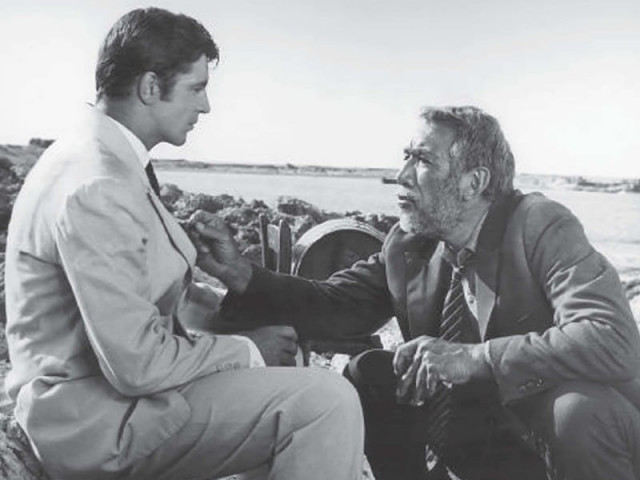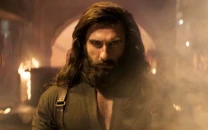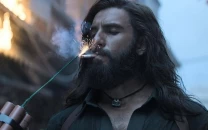The sacred awe of ‘Zorba the Greek’
Eighteen years after it was published, it was reborn as a successful film adaptation.

It was Michael Cacoyannis who steered Nikos Kazantzakis to the dizzying heights of fame by opting to make a film based on the novel Zorba the Greek, which the latter wrote in 1946. Eighteen years after it was published, it was reborn as a successful film adaptation. The film is being screened on Friday at SAFMA Media Centre.
The man behind this artistic endeavour, Cacoyannis, not only produced and directed the film but also wrote its script. It was nominated for seven Academy Awards and won three, namely for Best Supporting Actress, Best Art Direction and Best Cinematography. Kazantzakis, like Greek-American director and actor Elia Kazan, belonged to the Ottoman Empire. He was born on February 18, 1883, in Crete which, at the time, was under the suzerainty of the Turkic rulers of the Ottoman Empire. The world remembers him as one of the most important Greek writers and thinkers of the 20th century.
The film revolves around two characters, Basil (Alan Bates), who is a half-English and half-Greek writer and Zorba (Anthony Quinn), an epicurean musician who enjoys drinking and the company of women and does not tire of visiting gambling dens or pubs. The two accidently meet at a Greek port, both awaiting a ship bound for Crete. Basil narrates to Zorba his plans of opening a lignite mine at his family lands in the Greek island. Zorba is immediately sucked into Basil’s life.
The film grows with their arrival in Basil’s ancestral village and the scenes of their reception and interaction with people of different professions and classes. Here, Zorba exhibits the true merit of his talent as he articulately deals with the people to make a space for himself and his benefactor Basil.
The other two characters, who are well knitted in the story, are a young widow, played by Irene Papas, and the owner of Hotel Ritz Madame Hortense (Lila Kedrova). The role of the young widow, whose every movement is watched lustfully by the young and old men of the village, takes a tragic turn when she falls in love with Basil. The composure and grace of Irene Papas creates a fascinating atmosphere. Though mostly isolated, silent and transcending the general behavior of the village people, she moves like an enchantress casting a spell on everyone in her path. Hortense’s character goes through various moods in a highly skillful and acclaimed performance by Kedrova. It is a great spectacle to see her both overjoyed and crestfallen with sorrow and sadness. Kedrova won the Best Supporting Actress Academy Award of 1964 for her role in the film.
Overall, Quinn dominates the film. He started his career on the stage but later performed in some of Hollywood’s greatest productions, including Viva Zapata in 1952, Lust for Life in 1956, Hunchback of Notre Dame in 1956 and The Guns of Navarone in 1961. He was not only a good actor but also a painter and writer of some repute.
Besides Zorba, the great Greek writer wrote the Greek Passion and The Last Temptation of Christ, among many other works. He was heavily influenced by the thoughts of the German philosophers Friedrich Nietzsche and Karl Marx. His work undoubtedly had substantial effects on the cultural life of Greece.
It strikes one as a strange coincidence that both Kazan and Kazantzakis hailed from the Ottoman Empire, were influenced by the ideology and politics of the left and earned their names in the world of Motion Picture.
Published in The Express Tribune, March 25th, 2011.



















COMMENTS
Comments are moderated and generally will be posted if they are on-topic and not abusive.
For more information, please see our Comments FAQ